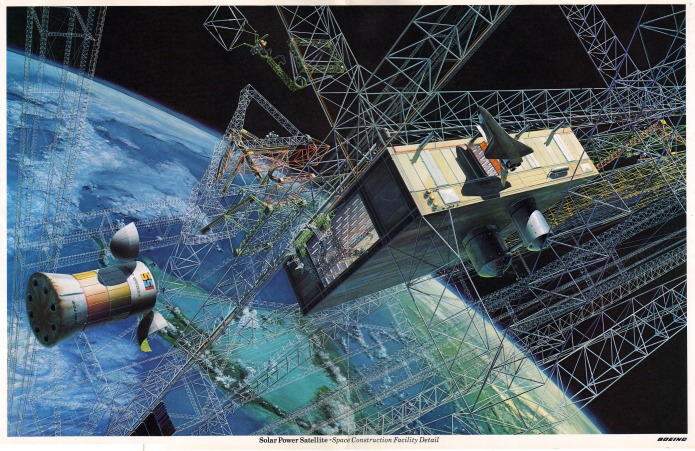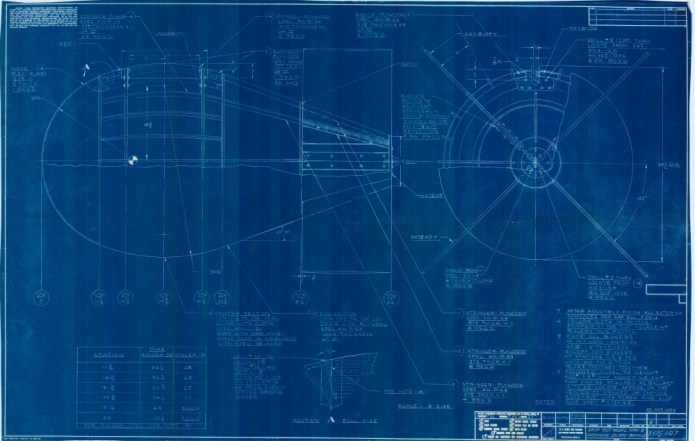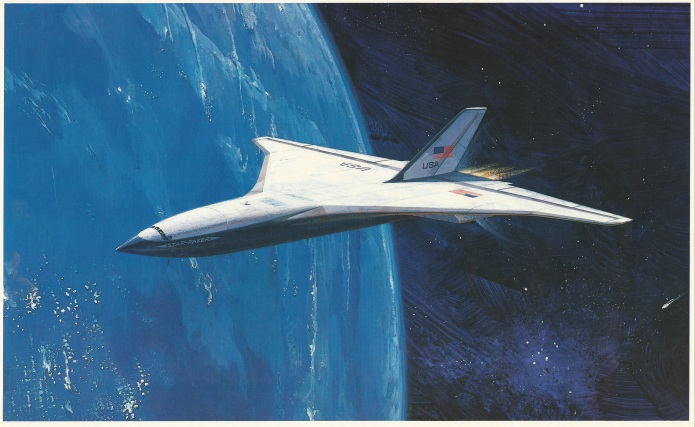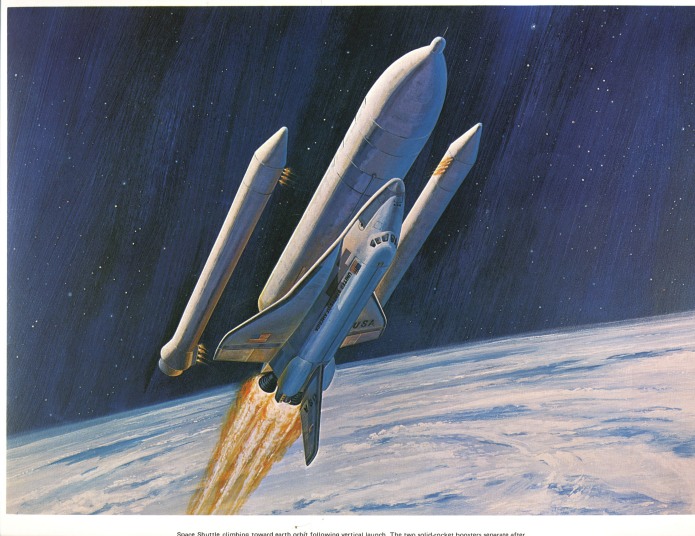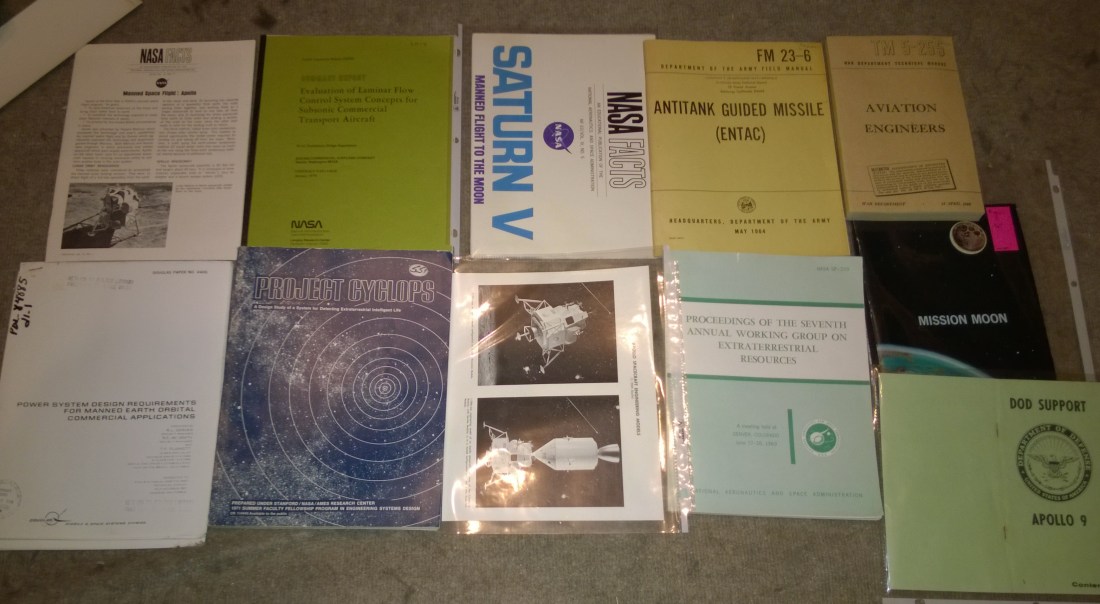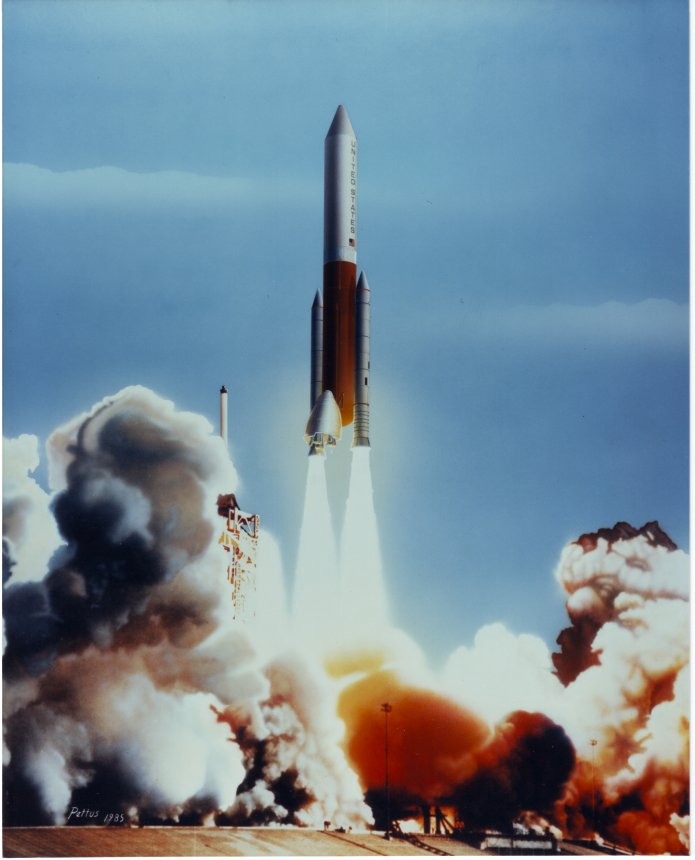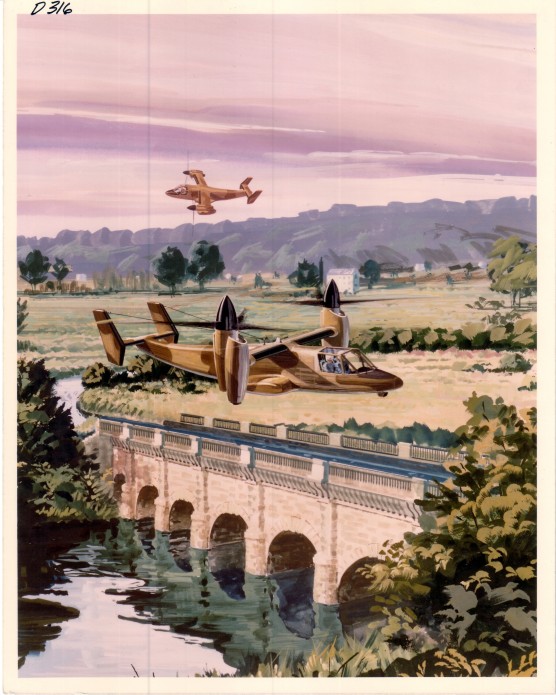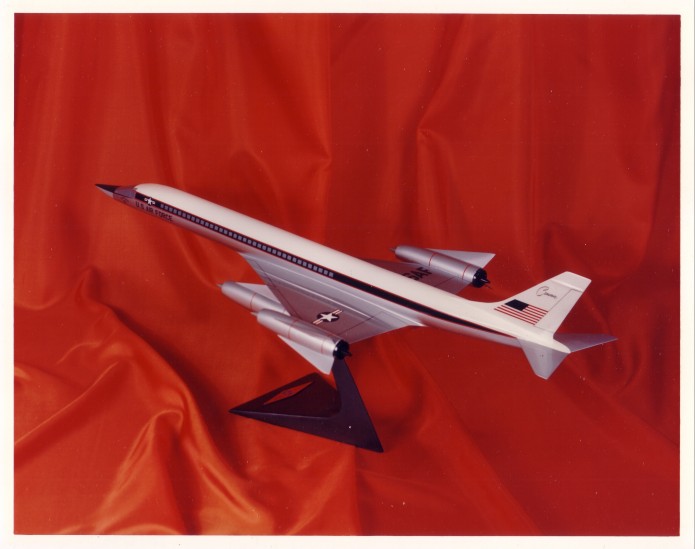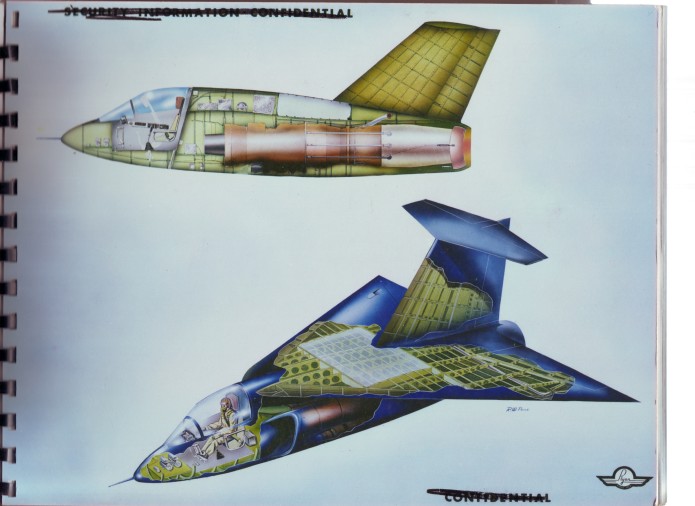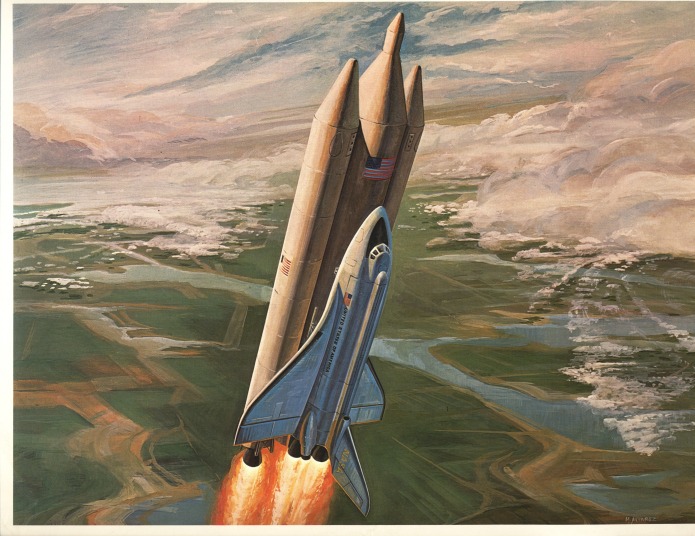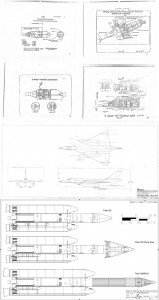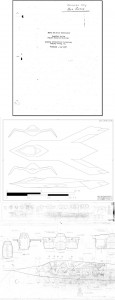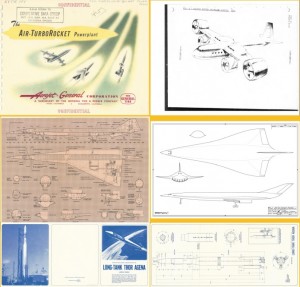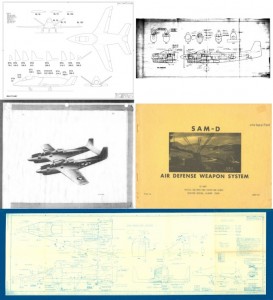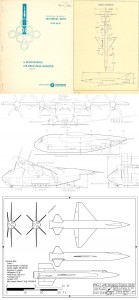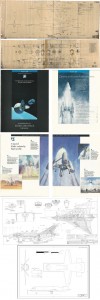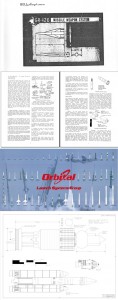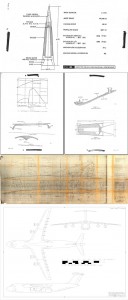Boeing art from the late 1970s depicting the construction of a base in low Earth orbit, which in turn would be used to construct components of solar power satellites, which would then be slowly boosted to geosynchronous using electric propulsion. Even though the base would be dwarfed by the SPS itself, the base was monumental in scale compared to any other manned space facility proposed before or since.
The artwork (scanned from a brochure that was folded down the middle, thus there’s a half-repaired fold line) depicts not only a Space Shuttle orbiter, but also the second stage of a ballistically recoverable Heavy Lift Launch Vehicle.
I have posted the full-rez version at the APR Patreon Extras Dropbox folder for 2015-08 (while it’s 2015-09 now, the file began the process of uploading at 11:59 PM by my watch, so…). If interested, please check out the APR Patreon and consider joining. Lots of benefits!
